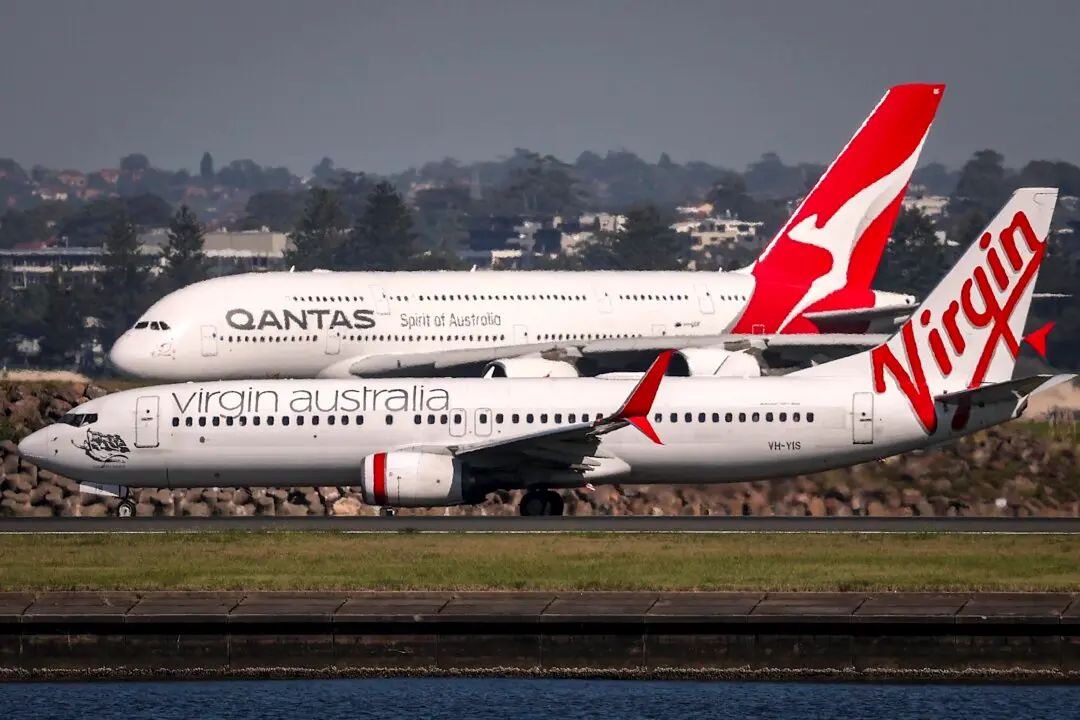Australia’s national house prices have seen the smallest growth in the past ten months as complicated market factors slow down the property market’s recovery.
Among the capital cities, Melbourne and Hobart experienced a 0.1 percent drop in house prices, and Darwin’s home values fell by 0.3 percent.
While Sydney’s house prices rose 0.3 percent during the month, the increase was significantly lower than what was recorded in previous months.
Meanwhile, Perth reported the largest growth in home values at 1.9 percent, followed by Brisbane at 1.3 percent, Adelaide at 1.2 percent, and Canberra at 0.5 percent.
CoreLogic research director Tim Lawless said the downward trends in Melbourne, Hobart, and Darwin occurred amid low housing supply and moderate levels of buying activity.
Home Values Hit New Records
Despite the slowdown in house price growth, Australia’s home values reached a new record in November.The average national median price rose to $753,664 (US$499,891) in the month, up from $747,242 in October and $740,668 in September.
This comes as house prices have gone through a “V-shaped” recovery in the past 18 months, dropping 7.5 percent between April 2022 and January 2023 due to interest rate hikes before rebounding by 8.3 percent in the remaining period.
Sydney continued to be Australia’s most expensive housing market, with an average home value of $1,125,533, while Darwin’s house prices were the most affordable at $496,792.
Homeownership Is Increasingly Getting Out of Reach of Australians
CoreLogic’s report comes as a recent analysis by property marketplace Domain revealed that it was increasingly getting harder for Australians to buy homes.The company pointed out that house prices were growing much faster than wages in the last decade.
While wages have risen by 30 percent since 2012, median home values across capital cities have soared by nearly 90 percent.
At the same time, young people are being priced out of the property market.
Some studies indicated that nine out of ten first-home buyers could not save for a deposit, while two in five young adults needed family support to purchase their first property.
The Commonwealth Bank and the National Australia Bank forecasted five percent growth across Australia in 2024, while ANZ Bank expected house prices to climb from three to four percent.







